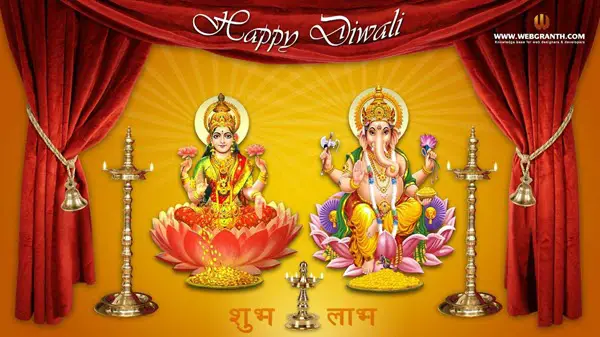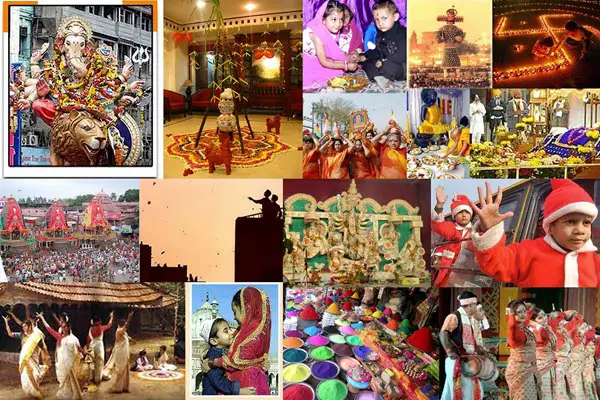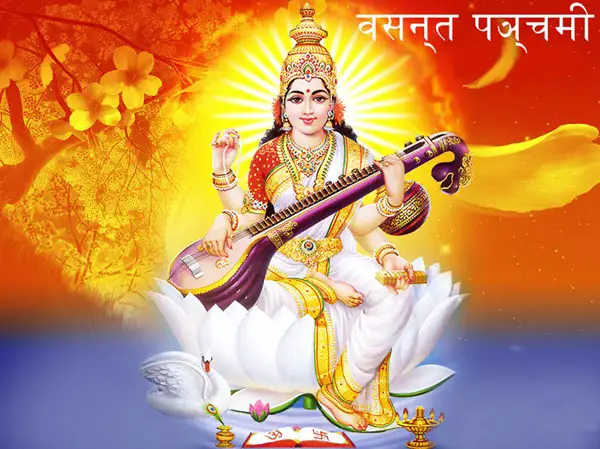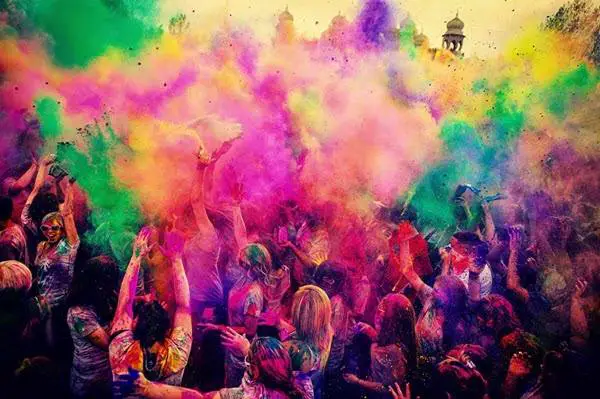Festivals are an integral part of the Hindu religion. In fact, India is known as a land of festivals where religious festivals are celebrated throughout the year. The post shares with you one such important Hindu festival that is known as Ratha Saptami. This post is about Ratha Saptami Significance & Ratha Saptami Date 2024.
Ratha Saptami, also known as Magha Saptami, Magha Jayanti, or Surya Jayanti, is a very popular Hindu festival dedicated to Lord Surya or Surya Narayan (Sun).
The festival celebrates the birth anniversary of Lord Surya. According to the Hindu Holy Scriptures, Lord Surya Narayan is believed to have enlightened the whole world on this very day.

The festival of Ratha Saptami is celebrated on the 7th day (Saptami Tithi) in the Shukla Paksha period (which is the bright fortnight of the moon) of the month of “Magha” as per the Hindu calendar.
As per the English calendar, the festival of Ratha Saptami falls in January or February. Usually, Ratha Saptami is observed on the second day following Vasant Panchami’s celebrations or Shri Panchami.
This festival is dedicated to Sun God or Lord Surya. On this day, Lord Surya was born to sage Kashyap and his wife, Aditi. Here, the word “Ratha” means “chariot.” On this day of Magha Shukla Paksha Saptami, Lord Surya is worshiped and sits on his golden chariot, which seven white horses drive.
Hindus believe that the Sun God Surya turns his chariot (Ratha) seven horses draw towards the northern hemisphere in a northeasterly direction. Ratha Saptami is also symbolic of the change of season to spring and marks the onset of the harvesting season. It also signifies the start of the New Year for most Indian farmers.
Although Magha Saptami is celebrated all across India, it has special significance in Indian states such as Maharashtra, Tamil Nadu, Andra Pradesh, and Karnataka.
Moreover, in all the Surya Temples (Temples of the Sun God) across India, special events are organized on this day of Ratha Saptami. As Lord Surya is regarded as Lord Vishnu’s avatar, special puja arrangements are held in the Tirumala Tirupati Balaji Temple. Hindus also observe this festival in their houses.
The worship of Lord Surya is deeply rooted in the Hindu religion. The Vedas sing praises of the Sun God. For example, the Gayatri Mantra Jaap and the sacred Vedic chants closely relate to the Sun God. Hindus worship Surya Narayan for better health and well-being.
You may like 12 Surya Mantra for Success.
Table of Contents
Ratha Saptami Significance
Ratha Saptami is a significant festival for Hindus across the country. On this day, Hindus take a holy dip in the rivers and perform Surya Namaskar – salutations to the Sun God. Special pujas are arranged on this day that is dedicated to Sun God.
They offer kheer or sweet rice to the Sun God. In some states of the country, Hindus even perform Pitru Tarpan on this day. They visit Sun Temple and perform Pradakshina which is going around the main temple. Hindus believe that by doing so, they would be blessed with good health by Sun God.
In fact, Hindus consider Lord Surya as the very source of life. That’s why they have placed Surya in the center of the Navagraha (the nine planets). Now, scientists have established that the Sun is the center of nine planets that orbit around it.
However, our sages found this truth several thousand years ago and have mentioned it in many places in the holy Hindu scriptures. Moreover, the Vedas have also described the characteristics of the Sun as well as the nine planets. These have been described in the “Navagraha Mantra,” similar to NASA scientists’ findings.
According to the Hindu scriptures, the word “Ratha” is symbolic of the mind. So, the mind is the chariot, and various thoughts arise in the mind. These thoughts have been linked to different horses pulling the mind in numerous directions.
If the mind wants to progress toward the divine, the horse’s right set should pull the mind in the right direction. This itself is the spiritual meaning and deeper insight of Ratha Saptami.
As the Ratha Saptami is celebrated on the seventh day of the brighter half of the Hindu month of Magha, it is said that the Sun starts gaining momentum in the zodiac after its culmination with Capricorn.
This northward (in the north direction) movement of the Sun is known as Uttarayanam. It is the direction toward the divine. Hindus believe that we should progress our minds towards the “Brahma Marga” towards the Supreme. Therefore, they worship Surya as Lord Narayana.
He is also worshipped as “Aarogya Datha” and “Aishwarya Datha.” He is worshipped early in the morning when fresh sunrays emerge. It purifies and rejuvenates our minds and body. Hindus follow the custom of Surya Namaskar early in the morning, which has many scientific benefits.
The legend associated with Magha Saptami
Ratha Saptami’s festival marks the birth of Lord Surya to Sage Kashyap and his wife, Aditi. According to the Hindus’ popular legend, King Yashovarman of the Kamboj Empire had no son to rule his kingdom after his death. So, he prayed to the Sun God and was blessed with a son.
However, the son was terminally ill. So a sage visited the king and advised that his son perform Ratha Saptami Puja to get rid of his illness. Once he did the puja ceremonies on Magha Saptami, his health was restored, and he ruled the kingdom.
As per another popular legend, Sage Bhisma took his last breath four days after the Ratha Saptami celebrations on the day of Ekadashi.
Rituals during Magha Saptami: What to do on Ratha Saptami?
Ratha Saptami celebrations start early in the morning. Devotees get up early in the morning and take a holy bath in the rivers. The Ratha Saptami Snana is an important Magha Saptami celebration ritual and is performed only at the time of “Arunodaya.”
Hindus believe that all those who take a sacred bath at the Ratha Saptami Celebrations are freed from all illnesses and ailments and are bestowed with good health.
For this very reason, Ratha Saptami is also popularly called “Aarogya Saptami.” In the state of Tamil Nadu, devotees take the sacred bath by using Erukku leaves.
Once the devotees complete the sacred bath, they perform the “Arghyadan” to Lord Surya at the time of sunrise. The “Arghyadan” ritual is done by offering water slowly from the small Kalash in the form of Namaskar Mudra to Lord Surya by facing Him in a standing posture. This ritual of “Arghyadan” is mostly done twelve times by chanting twelve different names of the Sun God.
After this, devotees light up ghee Deepak and worship Lord Surya with red flowers, Kapoor, and Dhoop. All those devotees who perform these rituals to the Sun God will be blessed with good health, longevity, and success.
On this day of Magha Saptami, women draw Sun God images and his chariot in their households. They even draw beautiful Rangoli in front of their houses. Then, they put milk in mud vessels and boil it facing the sun. Later on, this milk makes the sweet rice known as ‘Paramannam’ Bhog as an offering to the Sun God.
Devotees also chant the Gayatri Mantra and recite “Surya Sahasranama,” “Aditya Hridayam,” or “Suryashtakam” during the Ratha Saptami celebrations.
Ratha Saptami Date 2024
Ratha Saptami is dedicated to Lord Surya and is celebrated as the birth anniversary of the Sun God. On this day (Shukla Paksha Saptami in Magha month), Lord Surya Deva started enlightening the world. Therefore, devotees keep a fast on this day to get rid of all types of sins.
Ratha Saptami will be celebrated on 16th February 2024, Friday.
The Snana Muhurat on Ratha Saptami begins at 05:17 AM to 06:59 AM
Saptami Tithi Begins: 10:12 AM on 15th February 2024
Saptami Tithi Ends: at 08:54 AM on 16th February 2024
Well, that’s all in this post on Ratha Saptami. We hope that you enjoyed reading this post. We believe that the post proves useful to you. Thanks for visiting. We welcome your comments and suggestions.




